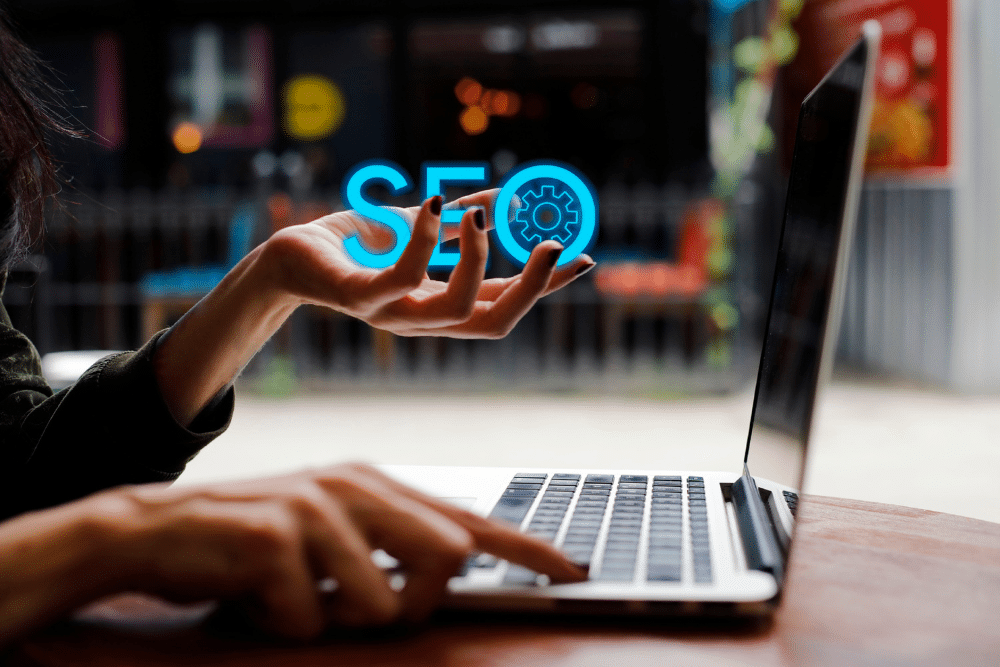Ever needed to upload an image to your website, ended up downloading a stock image and uploaded it to your site? Don’t worry, because many people do this thinking that it’s a great way to optimise images, but sadly it isn’t.
The problem is that you’ve added so much weight to your site, it’s slowing down the speed of your page. That’s why we want to help you and others with similar issues optimise their images the right way without running into these issues.
Today, around 1 billion people use Google Images every day. If we put it into context, that means 11,500 searches every second!
Whether you’re a pro or an SEO amateur, optimising images is a great investment of your time. There are many success stories of people optimising their images and making the most of a valuable, yet commonly overlooked, SEO asset.
Image optimisation is taking on a more important role as companies gradually come to terms with how it can help their organisations rank better, however, what are the factors that are critical to making your images findable without slowing down your website?
We’ve put together some tips that we think may be helpful to revamp your image optimisation.
Tip #1: Use the right image format
Choosing the right image format can be difficult, but it’s an important step that needs to be taken before you start adding images to your website.
While there are a number of image formats you can choose from, JPEG and PNG are arguably the most widely used.
- PNG: High-quality images with a much larger file size
- JPEG: Lower image quality but you can adjust the quality of the image to find the right balance
Depending on the quality of the image and the flexibility it offers to be used on different search engines, your choice may differ from the rest. The trick is to select the format that’s right for you and can get you closer to the results you’re trying to achieve.
Tip #2: Watch out for copyright
Copyright issues can cost anywhere between $5,000 for a quick settlement or even go up to $150,000 per work, on average. This is why regardless of the type of image format you choose, you need to make sure that you’re not infringing any copyrights.
From the U.S. Postal Service being sued for $3.5 million in 2018 over Lady Liberty being featured in a 2011 stamp to Skechers being sued for $2.5 million by a photographer who claimed they breached a licence agreement for the usage of his photographs in their ad campaigns, copyright conflicts can cost a fortune while affecting your brand’s reputation.
If Shutterstock, Getty and other stock photo providers own the copyrights to the images you use, and you use them without the proper permission, then you can be at the receiving end of an expensive lawsuit.
Google Images gives you the option of selecting images that are available to be reused and there are even websites that give you thousands of free images that you can use without any copyright conflicts.
Tip #3: Select images that are mobile-friendly
Mobile SEO is such an important part of this process. If mobile SEO is done wrong, then it can result in low conversions and a high bounce rate. But when used properly, it can enhance user engagement and give you more ranking power.
You may be asking yourself, ‘How can I optimise my images to be more mobile-friendly?’ Luckily for you, Google has a list of best practices when it comes to images and one of them is to include responsive images. This means that the image will adapt based on whether the user is using a mobile or desktop. It automatically adjusts to the size of the device which is what you’re looking for.
Plus, different search engines will offer different image optimisation features that you should keep an eye out for. Mozilla, for example, offers an extensive guide on how users can get additional source images and also have their image content resized based on the device.
There are many ways to optimise your images. You just need to take a closer look and make the right choices.
Help your picture speak a thousand words
Before you start uploading your image to your site, make sure that you’re following the image optimisation rituals we’ve discussed. Keep in mind that this is not an extensive list so there are a number of other things that you can do to improve your image SEO, but these are a few good ways to start.
Today, the media takes on renewed importance as technologies are on the rise. Taking the initial steps to optimise your images only stands to improve your ranking. Don’t waste a moment longer and let your images do the talking!


